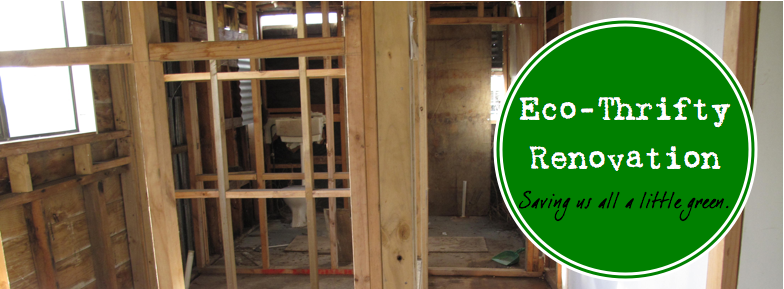Eco-design is holistic, cooperative and adaptive. But
still, sometimes emails go missing. Somehow the ‘After’ shots of our section
got lost in cyberspace last week somewhere between our home in Castlecliff and
the Chronicle offices in the city. (Darn you, Gonville!)
Yet despite the ‘Before’ pictures of weeds and rubbish
that accompanied last Saturday’s column, we still had about 40 people turn up
for garden tours on the weekend. They must have been really amazed to find over
80 fruit trees and berry bushes in the ground along with extensive annual vege
garden beds. Ross and I have saved the rest of you the trip by including before
and after pictures this week, but I’ll fill in some of the highlights of what
makes an eco-thrifty foodscape.
This transformation took less than 4 months.
The elements that determine our decision-making are: sun,
wind, water, soil, materials and time. Of these, sun and time are the
non-negotiables. In other words, wind can be tempered, water can be managed,
soil can be amended and materials can be changed or replaced. By materials I
mean garden infrastructure like edging, posts, fences, irrigation, etc.
This transformation took 12 months.
But the sun only follows certain paths in the sky and time
waits for no man, woman or child. We cannot change them, so we have to design
around them. The sun shines on certain parts of our section at certain times of
year. Understanding solar patterns, and summer and winter sun angles have
allowed us to achieve both a warm, dry, low-energy home, and a compact
productive foodscape.
For example, in one corner of our back yard we have what I
call ‘stadium seating’ facing northeast. At ground level we have a large
strawberry bed and annual vege garden. Behind and above those are five
blueberry bushes, and then four dwarf apples and a plum. Behind and above those
– trained on galvanized wire along the fence – are three grapevines and four
raspberry canes.
Although the perennials have not leafed out yet, you may be able to see the blueberries at the center of this picture, and apples, raspberries and grapes to the right.
And in the corner is a red guava that is just loving its sun
trap: fruiting three weeks earlier than my friend in Hamilton’s guava of the
same variety! All this is in an area of about 15 square metres.
Strawberries in the foreground, grapes and raspberries on the fence. You'll have to have good eyes to pick out the apple and plum in this shot. The guava is in the corner in front of the post.
Wind management means we planted fruit trees in the lee of
the few native trees that were on the property or wind netting that we
installed ourselves. Water and soil management go hand-in-glove, relying on a
combination of purchased topsoil and generous amounts of compost. Since we are
on sand, the silt and clay particles in the topsoil are better at binding both
organic matter and water longer than sand alone. But instead of top dressing
the entire property with topsoil, we concentrate it only around our food
producing plants. This means all of our annual vege beds have 70 mm to 100 mm
of topsoil, and perennial fruit-bearing plants are installed with 5 to 10
litres of topsoil in the hole around their roots. Although we have rainwater
collection and mains, our primary water management tool is this targeted soil /
compost mix.
In terms of materials, I’ve already mentioned wind
netting, which we use liberally. In some cases I have attached it to both sides
of posts for double protection. Other materials we use are concrete fence posts
(free from the dump), reused garden edging (online auction) and bricks (various
second hand sources). We chose these materials because we did not want to use
treated timber for organic gardens, and we could not source inexpensive
untreated, long-life timber.
Finally, although we cannot stop time or change it, we can
design in four dimensions. Time is the fourth dimension. Designing in four
dimensions means crop rotation in annual vege gardens, and may mean using nurse
trees like tagasaste (tree lucerne) as companions for fruit trees. We also use
timing with our chooks and ducks to mow our grass by ‘tractoring’ them in 2 m
by 1.2 m wire mesh pens that we move every day.
In the examples above, we are working with nature not
against it, to minimize inputs and maximize productivity. You can learn more
from a pair of workshops coming up the weekend of the 6th - 7th
October.
6th October, 1 – 4 pm: Low Input / High
Productivity Gardening
Whanganui Environment Base, 256 Wicksteed St., Wanganui.
7th October, 2 – 5 pm: The Practical
Application of Permaculture
10 Arawa Place, Wanganui.
Registration: 022 635 0868 – theecoschool@gmail.com
Peace, Estwing
































